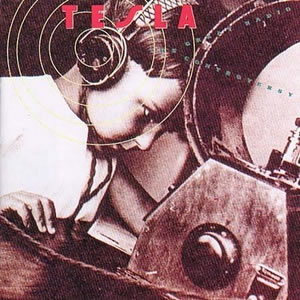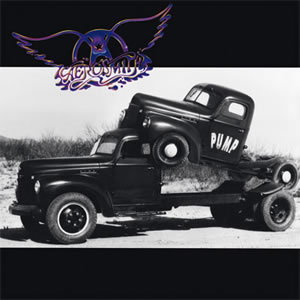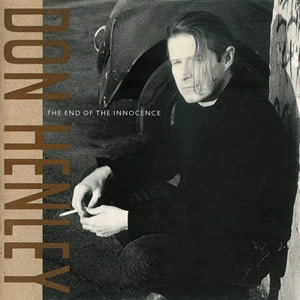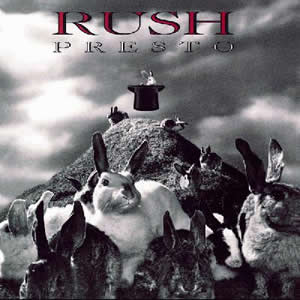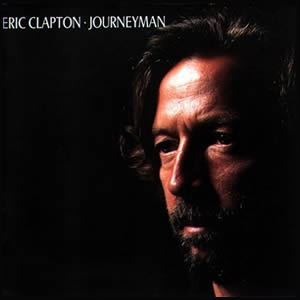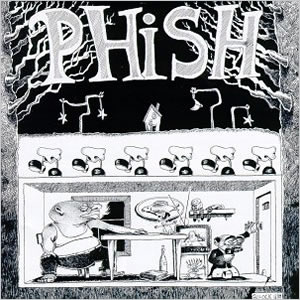Great Radio Controversy by Tesla
Buy Great Radio Controversy The group Tesla never quite fit within any definitive genre box, which may have ultimately prevented the Northern California band from reaching their critical or commercial potential. In the […]

